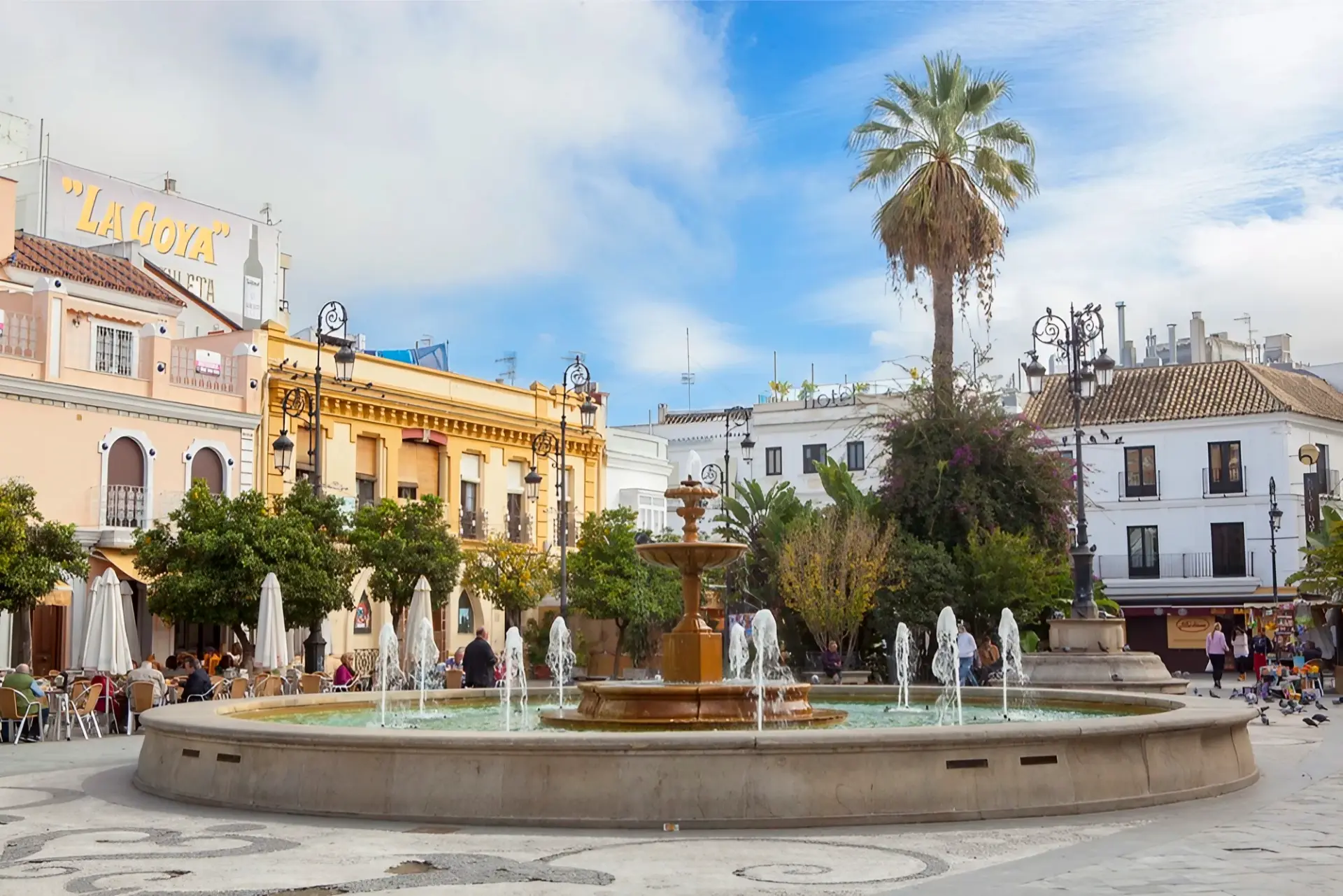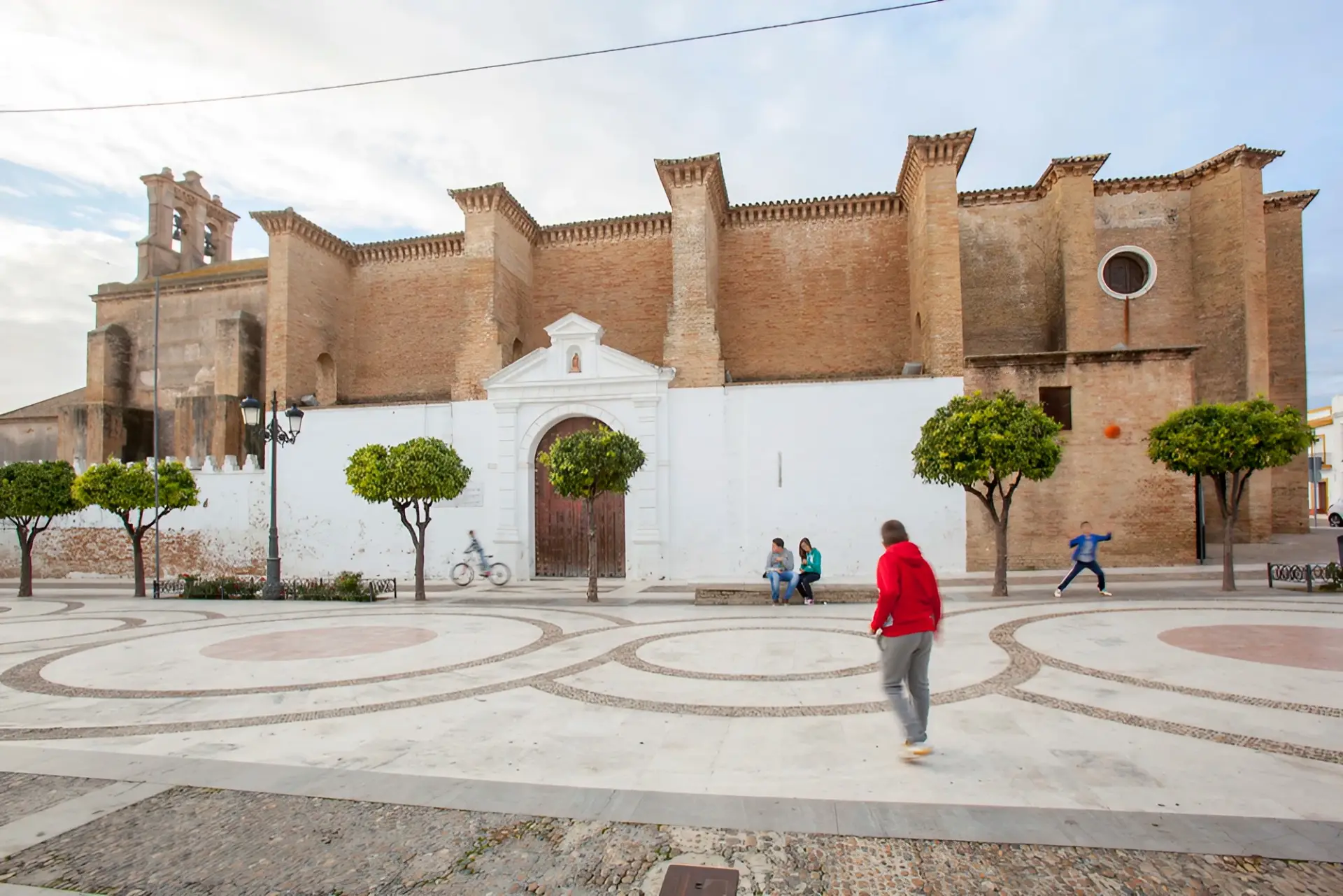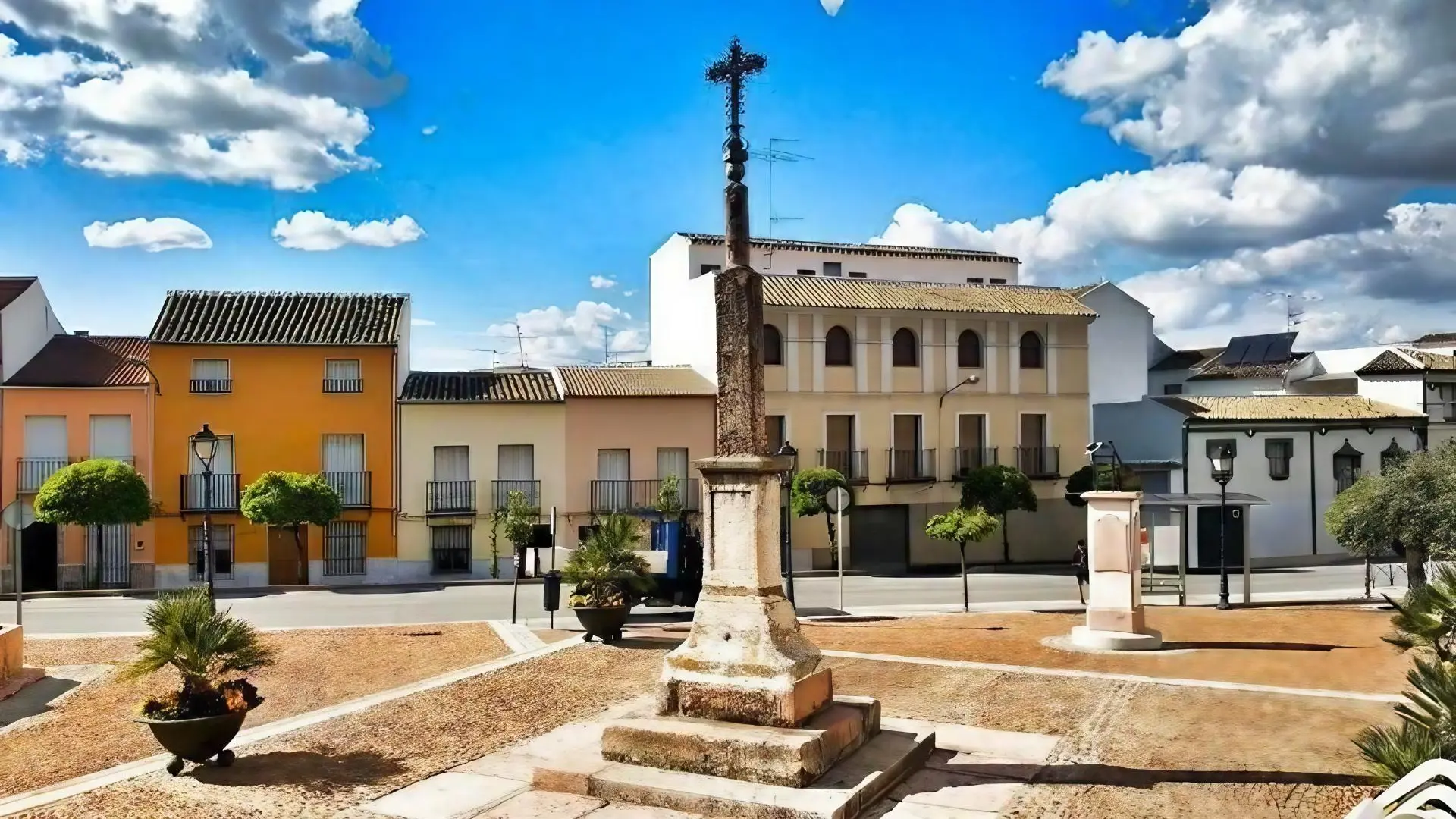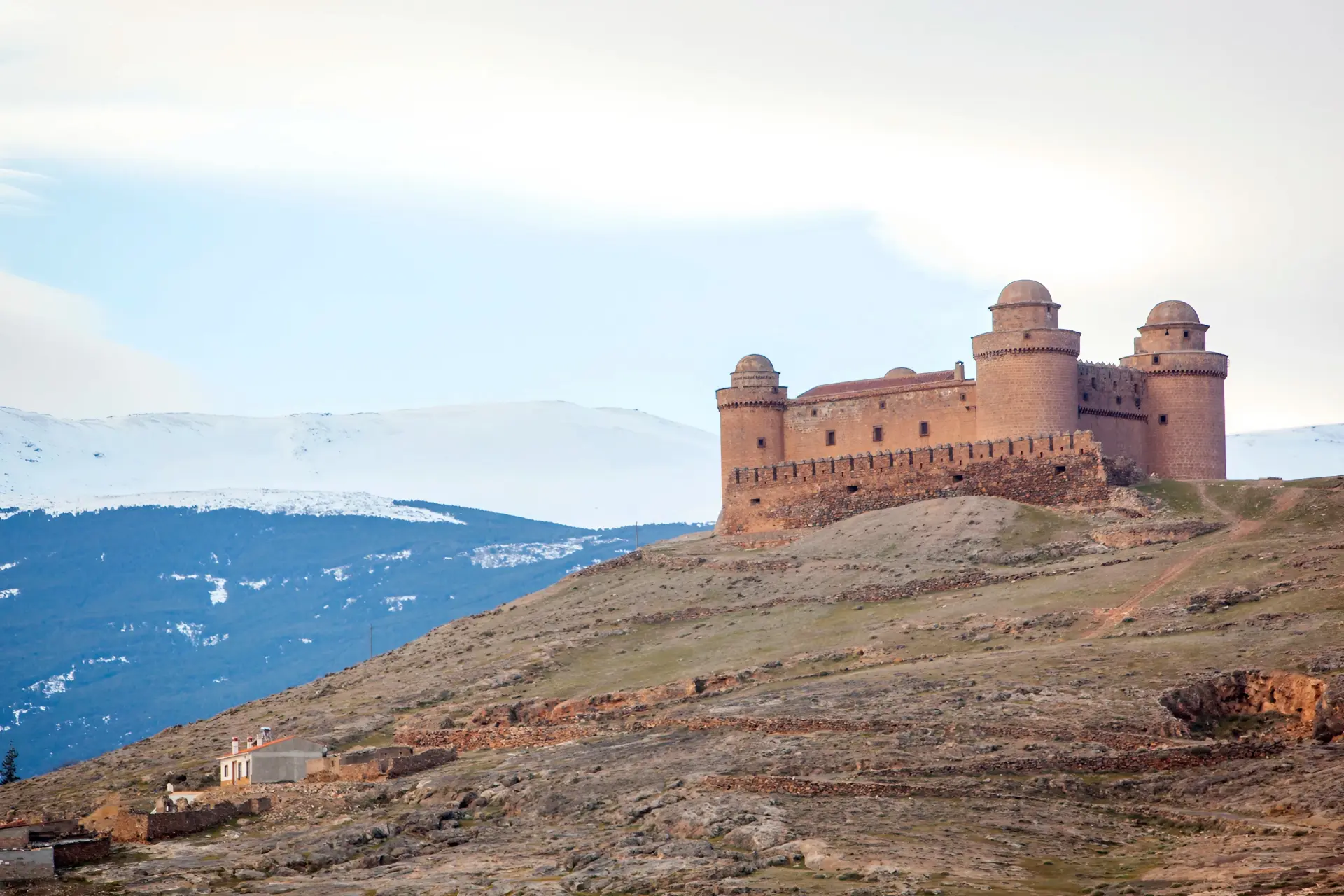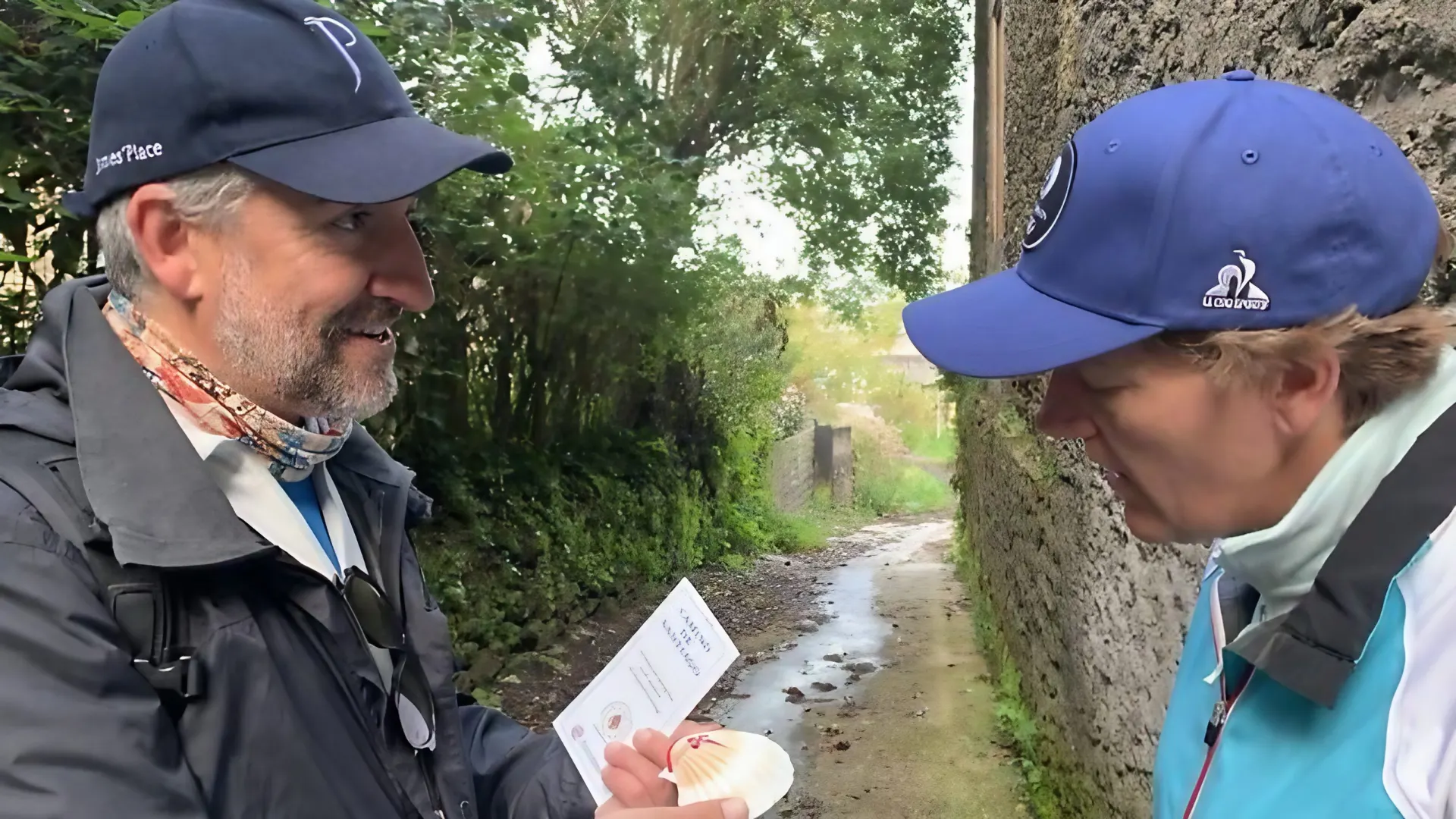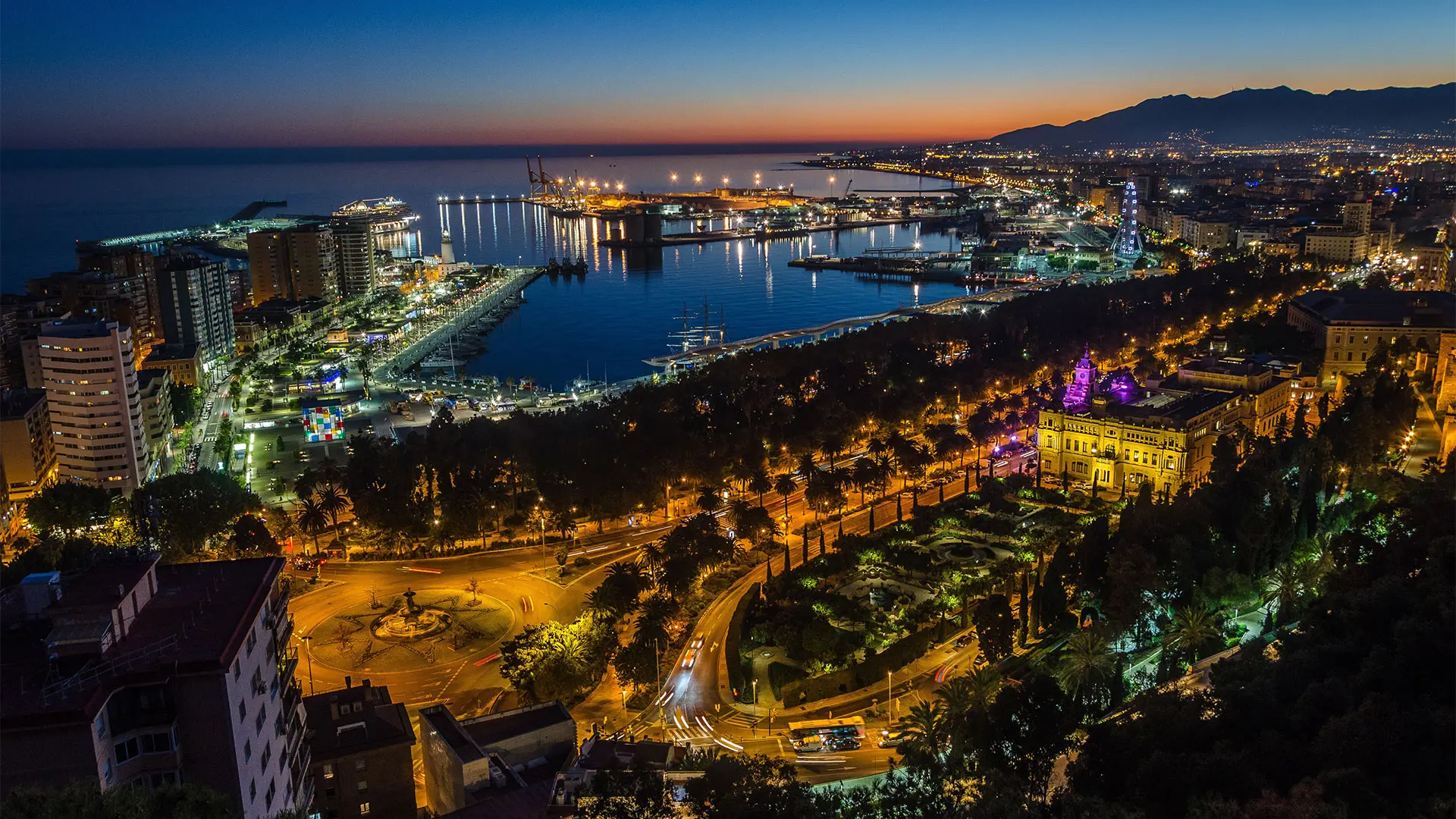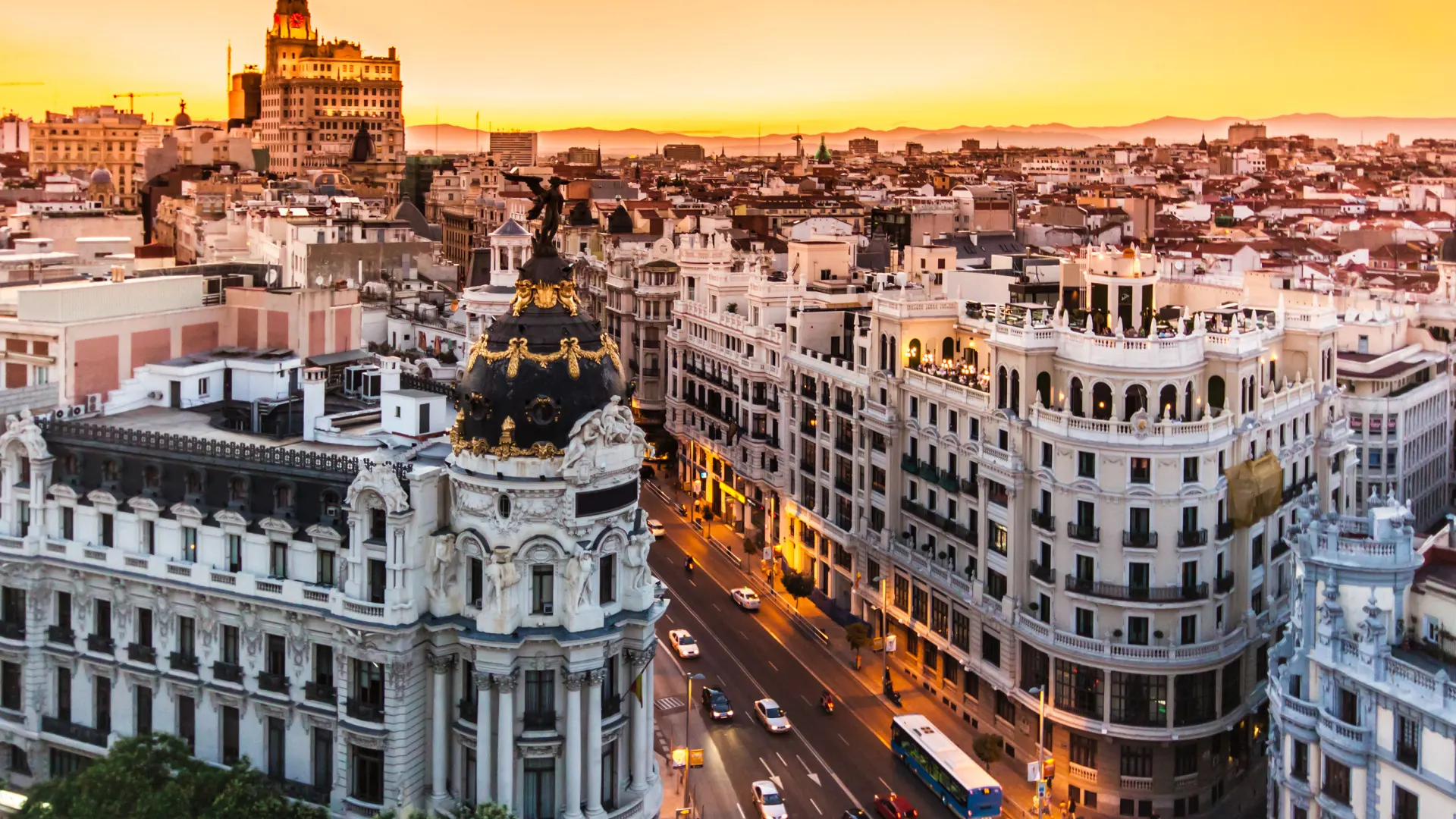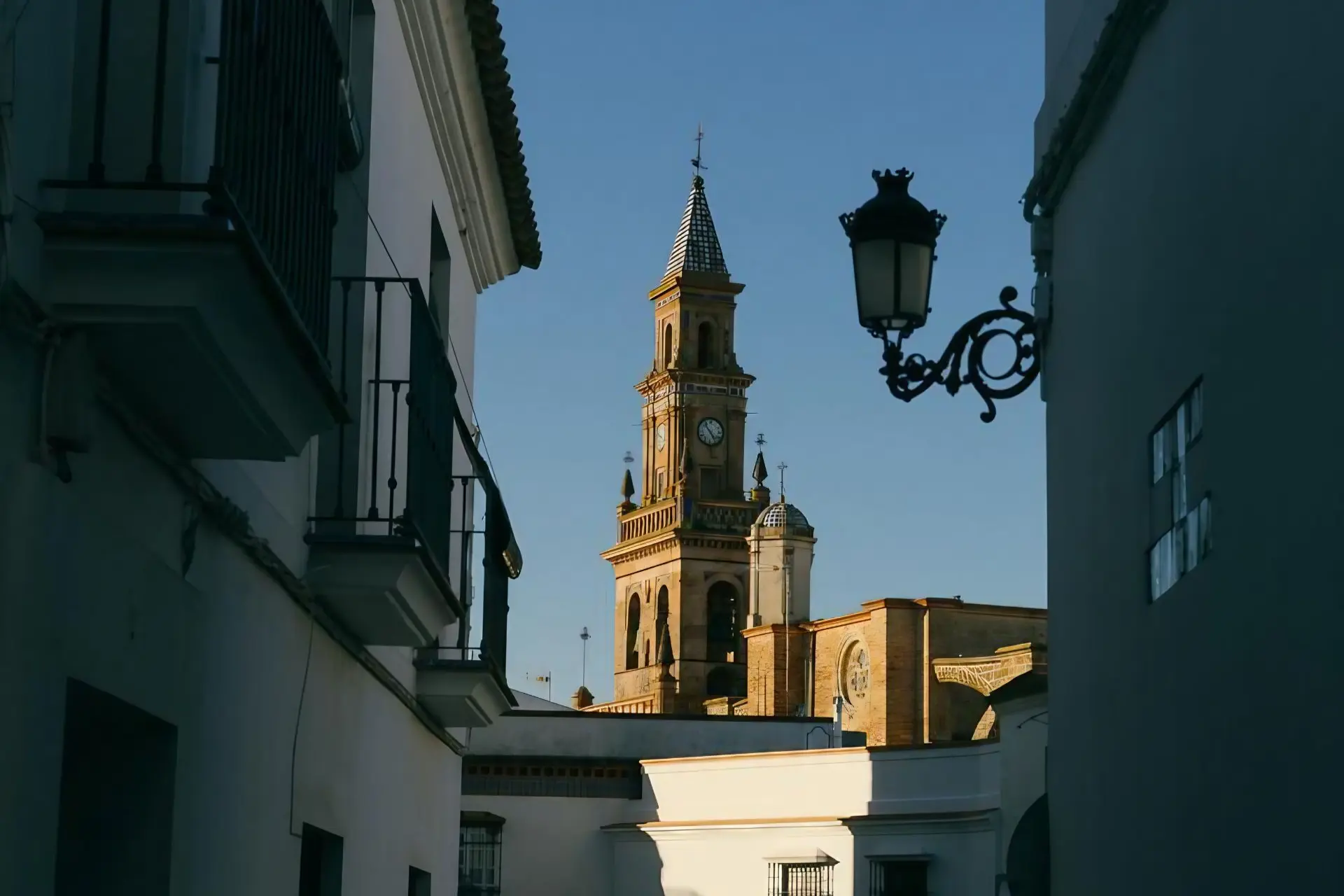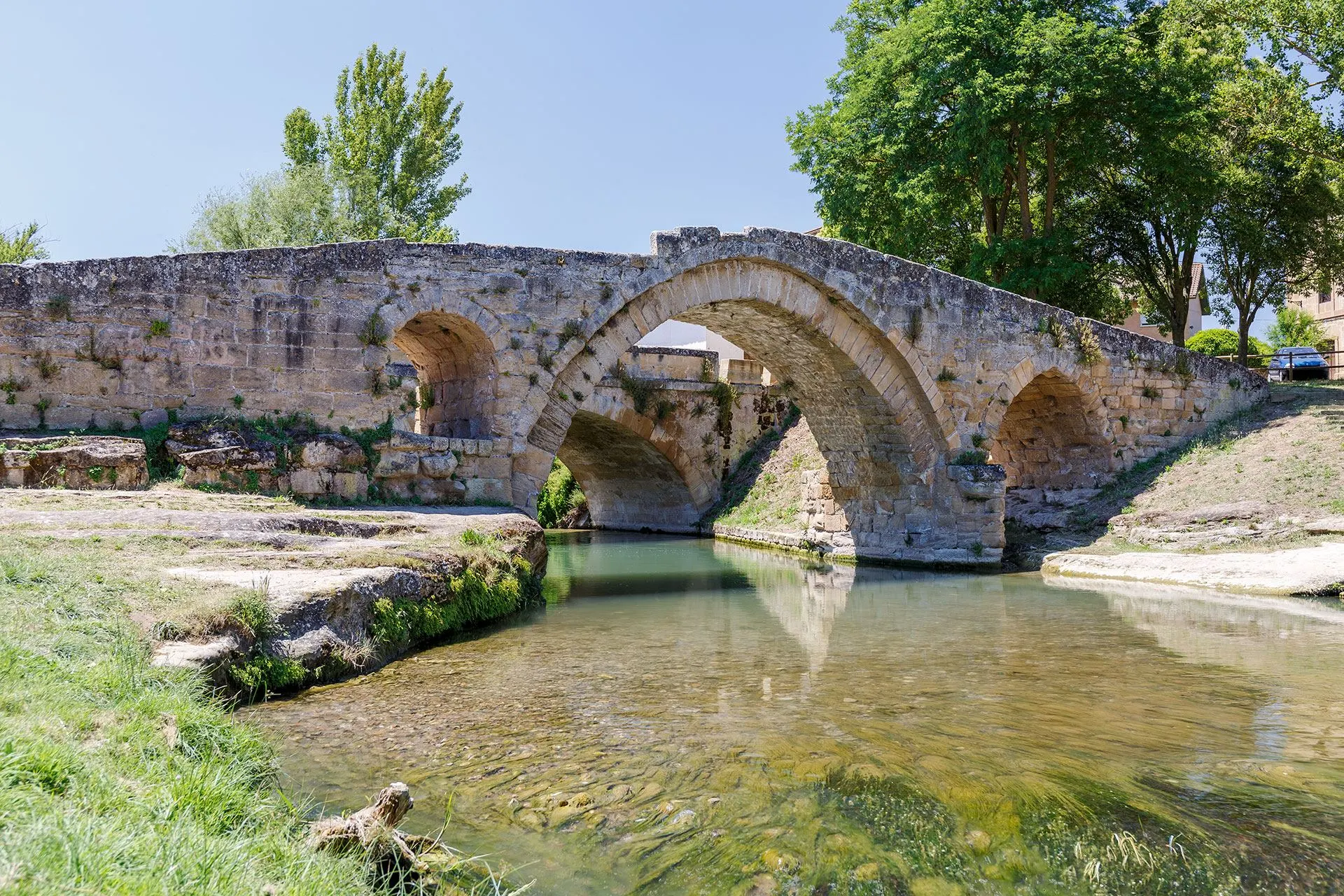In the heart of Andalucia, Seville is a city where every cobblestone whispers tales of a rich history woven into its architectural fabric. From the intricate Mudejar details to the grandeur of the Baroque, the classical elegance of the Renaissance, the soaring Gothic heights, and the avant-garde contemporary structures, Seville is a living testament to the dynamic evolution of art and design.
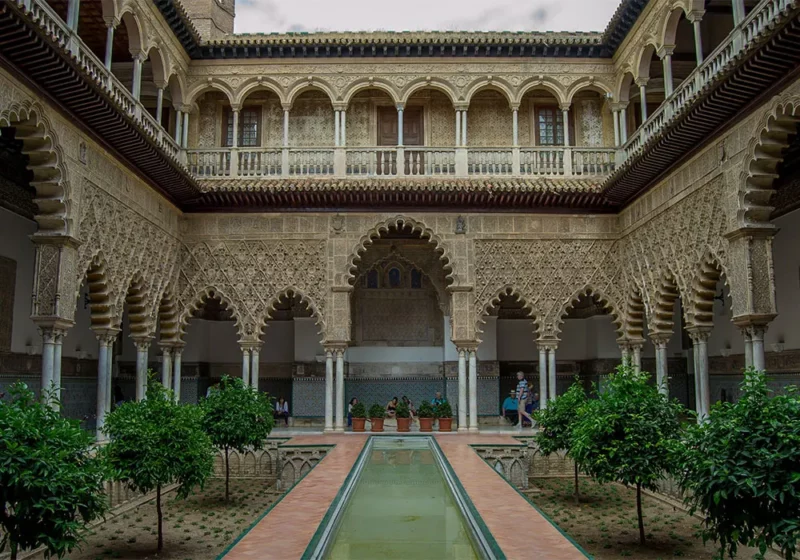
Seville’s architectural odyssey begins with the Alcázar, a masterpiece that seamlessly blends Islamic and Christian influences. Its Mudejar legacy, evident in the ornate geometric patterns and horseshoe arches, reflects a time when cultural synthesis thrived, leaving an indelible mark on the city’s identity.
Adjacent to the Alcázar, the Seville Cathedral and the Giralda form a spectacular complex that takes visitors on a journey through both Gothic and Baroque marvels. As the largest Gothic cathedral globally, the cathedral’s intricate chapels and awe-inspiring altars, adorned with masterpieces by artists like Murillo and Zurbarán, showcase Baroque extravagance seamlessly integrated into its structure. The Giralda, once a minaret transformed into a bell tower, stands tall offering panoramic views that narrate the city’s history.
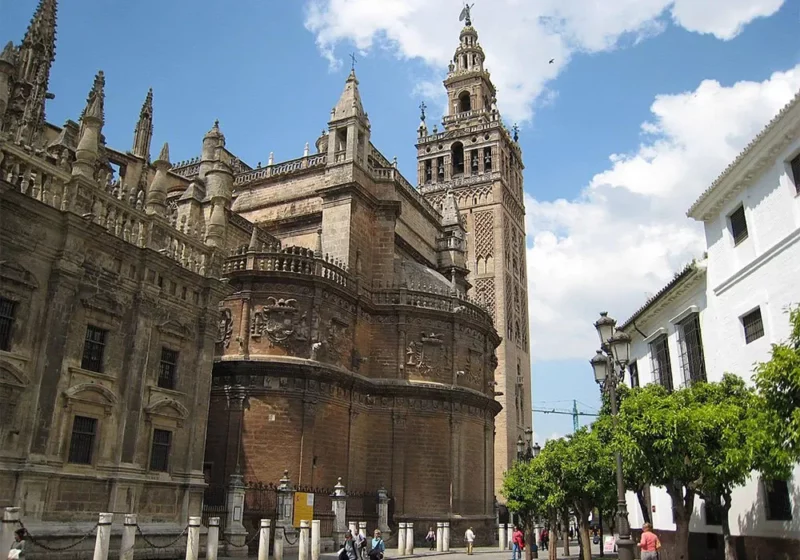
Moving through Seville’s labyrinthine streets, the Archivo General de Indias emerges as a Renaissance gem. This UNESCO-listed building, with its symmetrical façade and harmonious proportions, is representative of the intellectual and artistic revival of the Renaissance era, housing a treasure trove of historical documents that tell stories of Spain’s past.
Seville’s architectural narrative finds another compelling chapter in the iconic Plaza de España, a creation of the visionary architect Aníbal González. Positioned along the edge of Maria Luisa Park, this grand square reflects Spain’s prowess in industry and technology during the 1929 Ibero-American Exposition.
Designed with meticulous attention to detail, Plaza de España seamlessly blends the opulence of 1920s Art Deco with a captivating fusion of Spanish Renaissance Revival, Spanish Baroque Revival, and Neo-Mudéjar styles. The plaza’s semi-circular layout, adorned with a canal traversed by bridges, is reminiscent of a Renaissance palace. The intricate tiles that line the building tell stories of the nation’s diverse regions, showcasing a mosaic of Spanish provinces that adds depth to the plaza’s cultural significance.
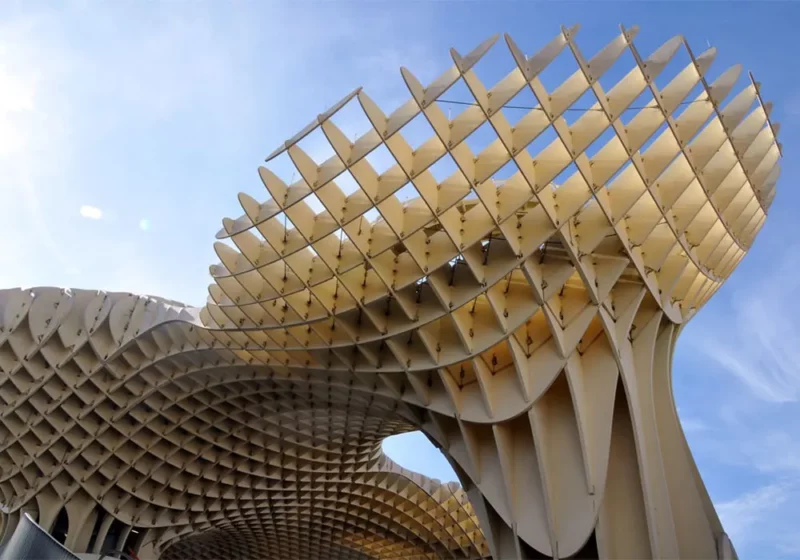
Seville’s architectural tapestry is incomplete without acknowledging its contemporary vision. The Metropol Parasol, affectionately known as “Las Setas,” is a modern marvel that defies tradition. Designed by Jürgen Mayer, this wooden structure with its undulating form and innovative design creates a striking yet harmonious contrast to the city’s historical landscape, embodying Seville’s ability to embrace the new while honouring its past.
In Seville, every arch, every dome, and every curve are brushstrokes in a grand mural that tells the story of a city shaped by centuries of diverse influences. As you wander through Seville’s streets, let its architecture be your guide, unveiling the layers of history that have shaped this enchanting city.

